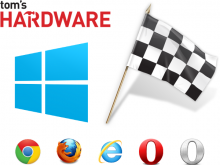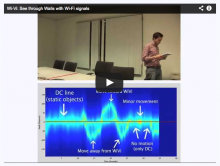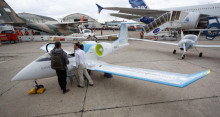Kinect reads sign language in real time
L33tdawg: Reminds me of the DiCOM-WAVE project from last year's HackWEEKDAY - an open source DICOM image viewer with Microsoft Kinect as its control interface.
Earlier this week at Microsoft's DemoFest in Redmond, Wash., the company's research arm showed off an incredible union of technologies that could finally usher in an inexpensive solution for people who want to communicate with a computer through sign language.













































































